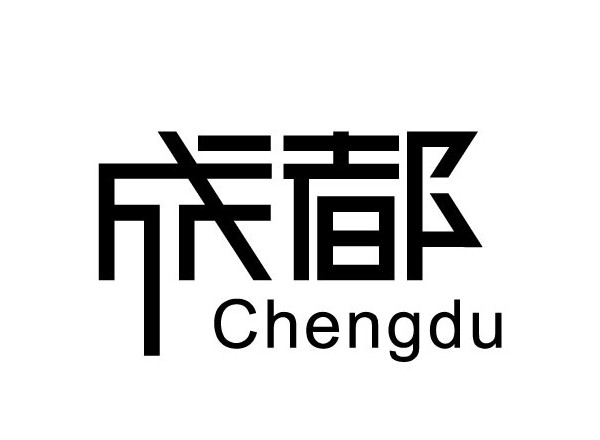The fertile Chengdu Plain, on which Chengdu is located, is also known as the “Country of Heaven” (Chinese: 天府之国; pinyin: Tiānfǔzhiguó), a phrase also often translated as “The Land of Abundance”. The discovery of the Jinsha site suggests the area of Chengdu had become the center of the bronze age Sanxingdui culture around the time of the establishment of the state of Shu, prior to its annexation by Qin in 316 BC
Though Chengdu has a rich history, like much of China, the face changing art that is a feature of Sichuan opera is a suitable metaphor for the city which is trying to be seen as a modern destination for business and pleasure. As most people know, Chengdu – famous for its giant pandas and great surrounding nature – the city is expected to become an internationally recognized hub in China’s southwest. The city has the highest export volume in southwest of China and additionally boasts the most Fortune Global 500 companies (currently >255), foreign banks, insurance companies and foreign consulates (17) than any other city in the region.
Traditionally, large economic and political centres in the east like Shanghai, Beijing and Hong Kong were the main targets in China for business and investment. At the beginning of last year, Chengdu actually made it to the (new) premiere league of “new second-tier cities”, together with Hangzhou, Nanjing, Xi’an, Ningbo and Hefei. These second- and third-tier cities like Chengdu with their amenities, infrastructure, affordable real estate and attractive talent pools are working at attracting businesses and new industries. Backed by Premier Li Keqiang, who has called for the development of western China, Chengdu’s local government is making a push to become one of the country’s new financial & economic centers over the next years.
Chengdu has so far opened 77 international air routes (including cargo), mostly covering major cities in Europe and Asia-Pacific Region, making it the main travel hub of central and western China. Chengdu’s international accessibility continues to improve. This year, the city is expected to open direct flight routes to Mauritius (Air Mauritius), Colombo (Air China) and Moscow (Sichuan Airlines) and to up the frequency of other international routes. The city is the center of the Go West policy (which offers incentive to put down roots in Chengdu) of the Chinese government and will get an extra boost with this initiative. With more than 30 higher learning institutions in the region, it was a logical decision to make Chengdu the center of the “Going West” policy. With a lot of nature within the city, its modern looks and its recently upgraded infrastructure, Chengdu has earned the name of one of The Best New City for Global Business.
Due to the Global Fortune Forum (organized in June 2013) the city already enjoyed some great developments, restructuring and upgrades. With this and its strategic central position a lot of international firms (incl. Intel, IBM, Shell, Nestle, Danone Group, GlaxoSmithKline and Unilever) have chosen Chengdu as the future center of their China operations. With its direct international flights towards a number of important destinations and the biggest railway container hub in Asia it is going to be the city with the brightest future. Chengdu’s population is estimated to reach 18 million in 2030.
Chengdu is already a major tech manufacturing centre. Up to fifty percent of all iPads sold globally are assembled here, and about fifty percent of Intel’s chips are also produced here. The city has its sights set on becoming more than just a manufacturer, but a Silicon Valley of sorts. “Software Park” is intended to focus more on design and innovation rather than just production of things designed elsewhere.
The city’s slogan is “Chengdu, can do,” and now the capital of Sichuan Province is exploring ways of doing things even better.
In the year since Chengdu hosted the Fortune Global Forum, lots of development has taken place and the city is trying to move from “Made in Chengdu” to “Created in Chengdu”, continuing to attract global investment and entrepreneurs.
There is no denying the appeal of the Chinese market, where spending habits are shifting into a higher gear of consumption. TIME Magazine* reported that China is the country with the world’s largest number luxury buyers, accounting for some 29% of the global market. The country’s one million millionaires and more than 120 billionaires are part of a vibrant culture of flashy gift-giving and visible spending, where Scottish tweed suits, pricey handbags, fine French red wines, Chanel perfumes, and Swiss watches swap hands like mahjong tiles.




